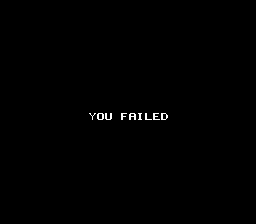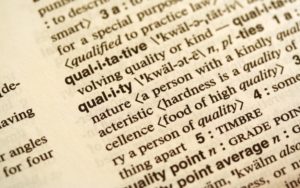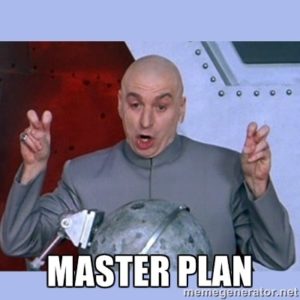No doubt starting in January a flood of people will be pushing themselves into gyms for a New Year’s resolution. Resolutions are great, except for the fact that they don’t seem to work. 90% of people new to the gym in January might well be gone by February. Once you’ve “failed” at a resolution you’re off the hook in a way. Queue the “Game Over” screen.

The best resolutions address specific actions rather a vague aim. People who want to lose weight often resolve to “go to the gym” while people who want to quit smoking will start using nicotine gum. You need a similar approach in Brazilian Jiu-Jitsu.
Let’s beat this cycle! How do we get from habitual resolution failure to success?
The key piece of the puzzle is knowing where to go. So follow these four steps to a foolproof new years plan:
- Evaluate your jujitsu year
- Share it with a coach
- Make a plan to improve specific things.
- Come back next year and mark your progress
Four Pieces of a Jujitsu Year-End Evaluation
The hardest part about evaluating your efforts is having a sense of comparison. Here are a few quick ways to get some numbers to compare over time. Pull them together and decide what you’d like to change.
#1 – Quantity Level
Be honest with yourself and decide how many days per week you trained in the past year and on average how long per day. Now take those two numbers and try out this formula:
“Number of days trained per week” multiplied by 52 = TRAINING DAYS PER YEAR
TRAINING DAYS PER YEAR multiplied by “number of hours trained per day” = TRAINING HOURS PER YEAR
Divide TRAINING HOURS PER YEAR /8766 and you get… the percentage of your time you spend doing jujitsu last year.
Example, if you trained 3 days per week and each session was 2 hours, you spent 3.6% of your total time practicing Brazilian jujitsu. If you just want to use waking hours, divide the TRAINING HOURS PER YEAR by 5873, in which case you invested 5.3% of your time into BJJ.
- Are you happy with your time investment?
- Could you increase the hours you attend per day?
- Could you go to class more days per week?
#2 – Quality Level
Take a look at your classes attended and give some thought to the quality of your time spent. Are your classes consistently challenging both athletically and mentally? Is your open mat time productive? Here is another place where perspective matters. Only you can determine if the quality level of your training is appropriate. Speak to your coaches as well to see if they feel if you’re attended the right style of classes. To get some perspective try this:
Perhaps your average class has 10% calisthenics, 50% drilling and instruction, and 40% sparring.
If you do 3 classes per week at 2 hours a day than you have:
6 hours (360 minutes) of training per week… but more specifically
36 minutes of exercise…
180 minutes of drilling and instruction…
144 minutes of sparring…

Here are some easy questions to ask about quality:
- Are you maximizing your warm-ups? Working on soft skills such as shrimping or gymnastic motions?
- How many repetitions are you getting during your drilling times?
- Are you skipping rounds during sparring?
- Are most of your rounds challenging? With peers? Upper belts?
#3- Achievements and Milestones
Had any major milestones this year? Perhaps you were promoted to a new rank or tested for a stripe in your current rank. Did these milestones happen when expected? Here’s a quick checklist of some measurements to consider. Each milestone needs to be judged based on your own priorities, but having some progress several areas is a great sign.
- Promotions or stripes gained
- Tournaments attended
- Tournament performance
- Seminars or events attended
- Weight gained or lost
- Strength and conditioning progress (squat, bench press, dead lifts, etc.)
#4- Enjoyment Level and Motivation
How would you say your motivation has been in the past year? Have you been eager to go to class or dragging yourself there? Do you feel excited about your progress? Generally its good to take stock on your own enjoyment level every so often. Poor morale is often a symptom of some kind of issue. Perhaps you are frustrated you aren’t improving at right rate or you are hungry to be more apart of your team. Morale and motivation is the X factor that feeds how your entire year progressed.




